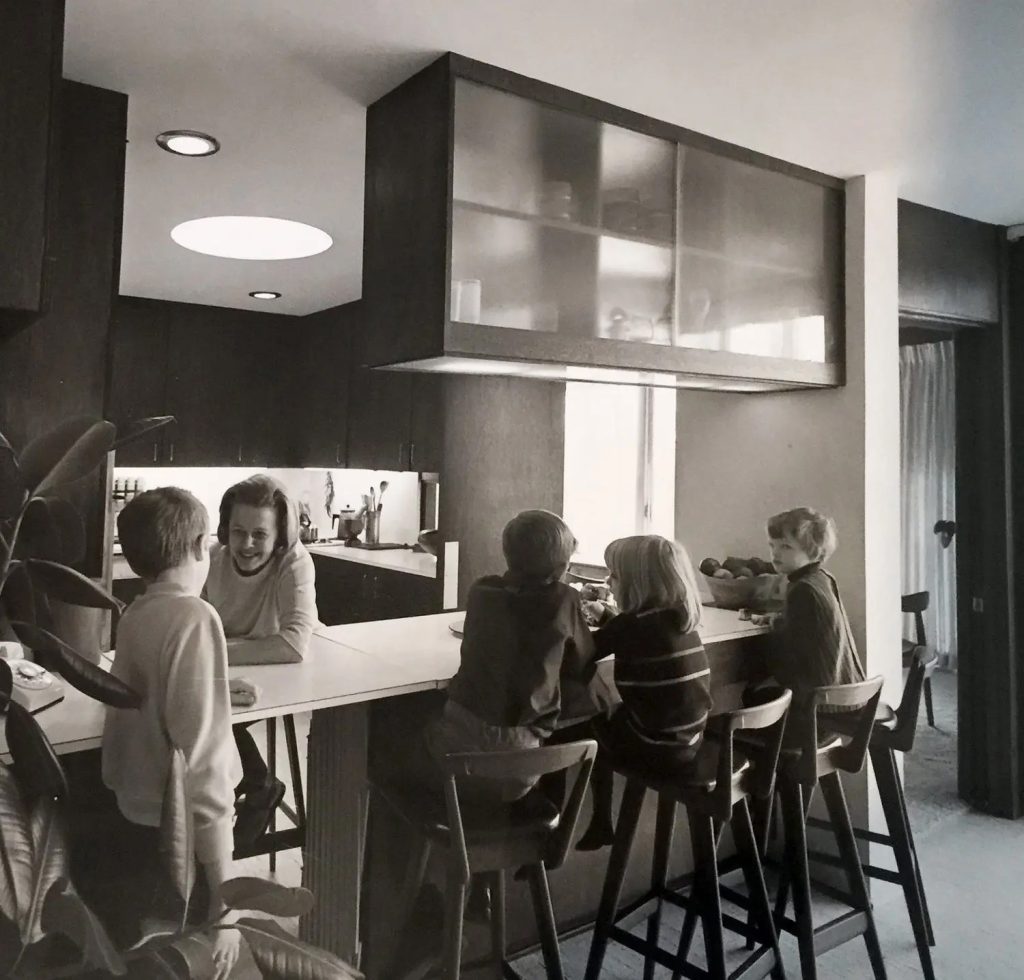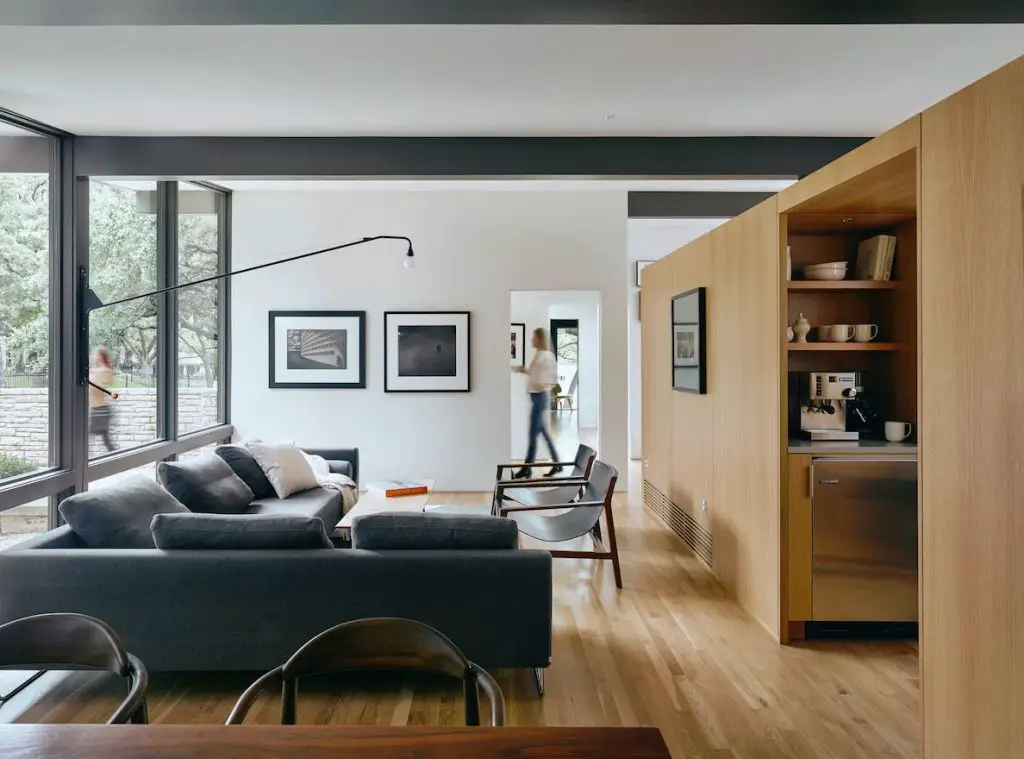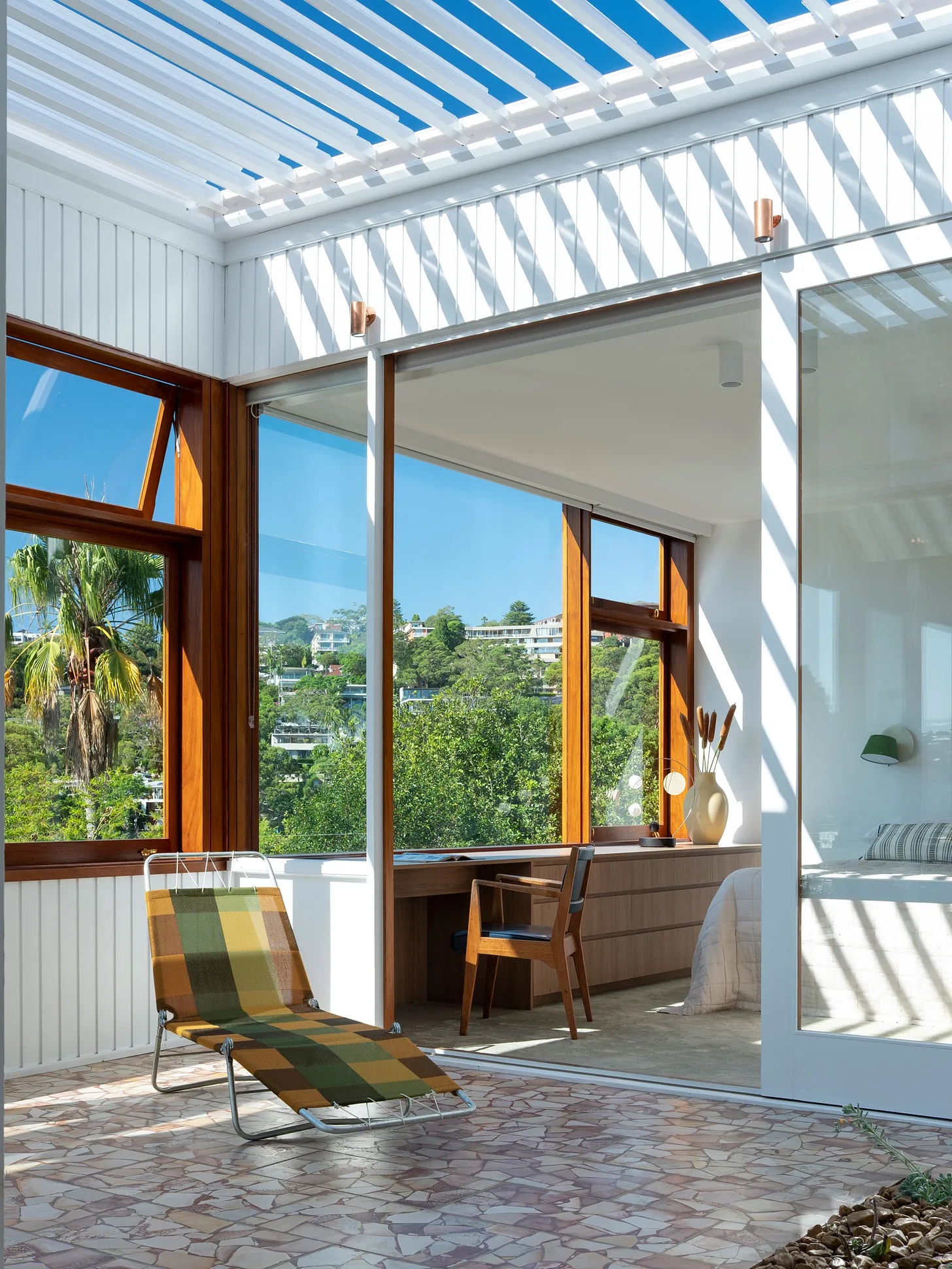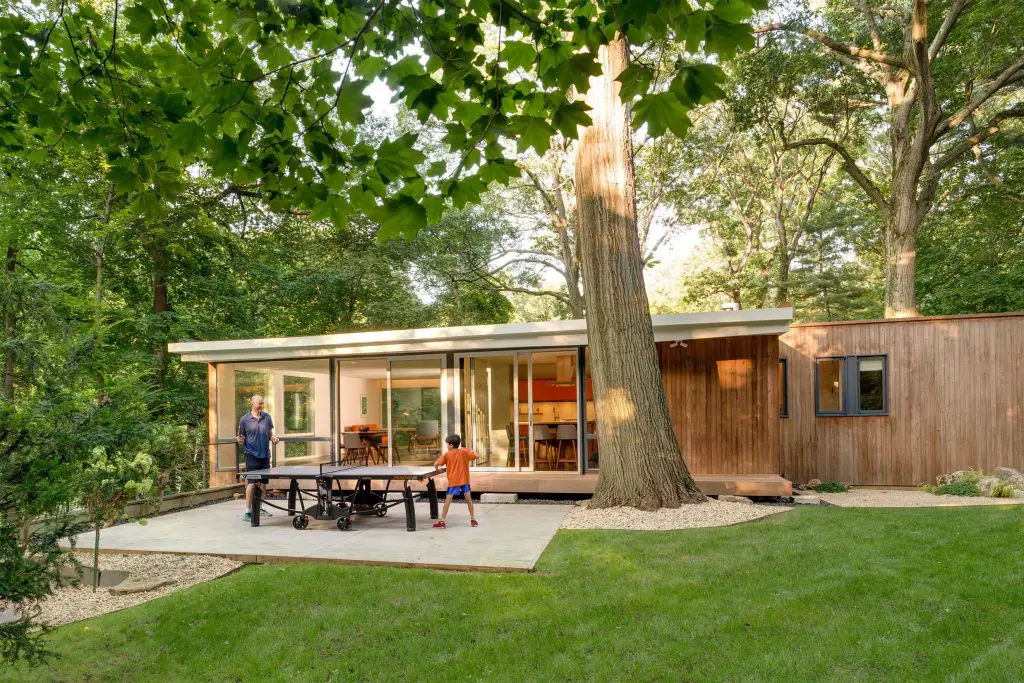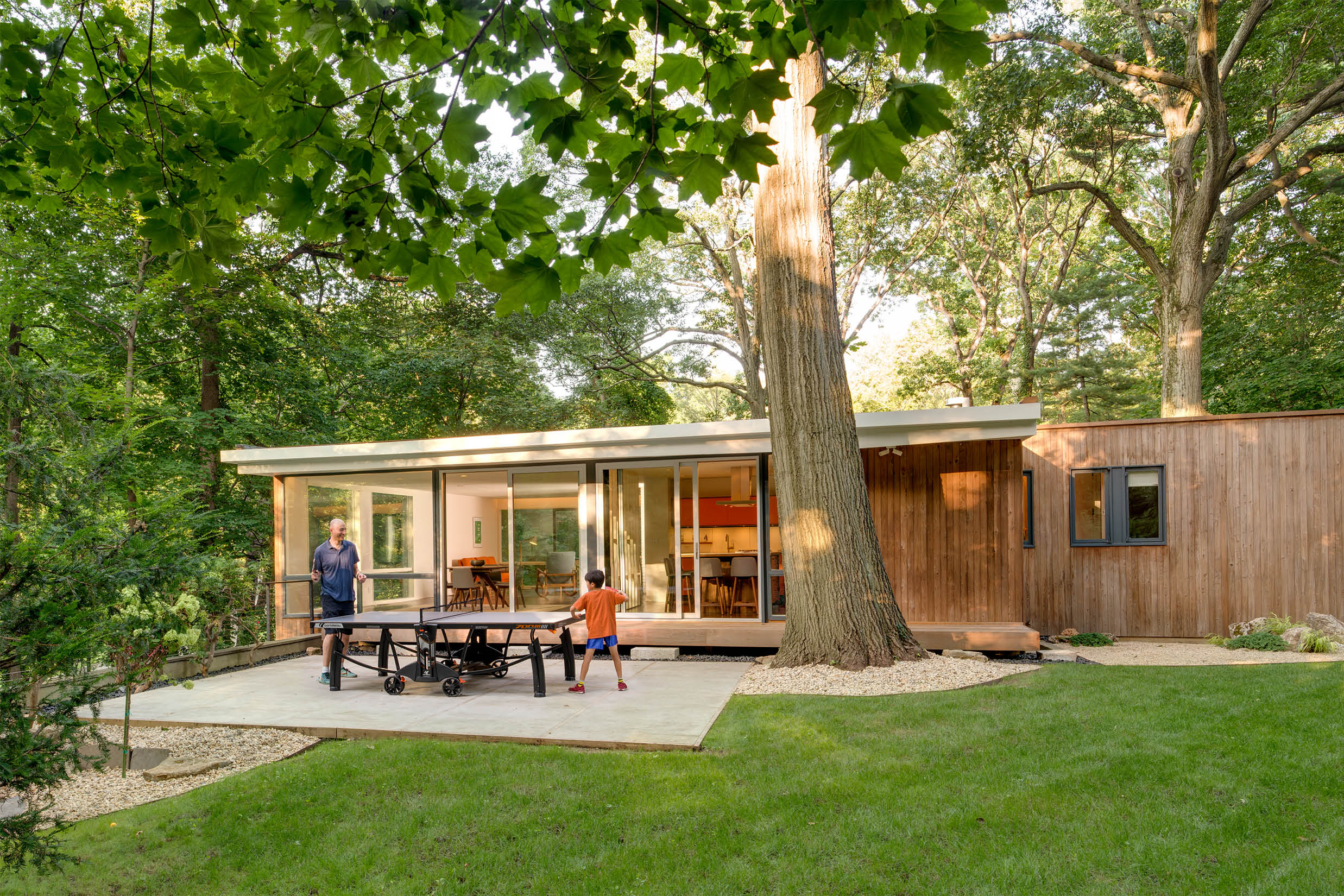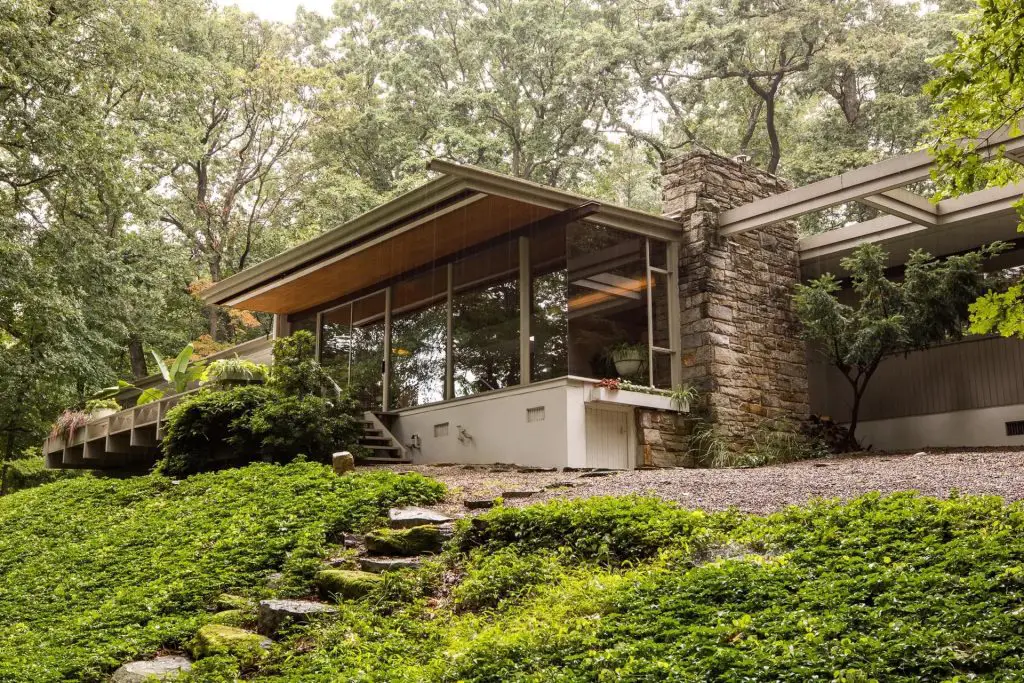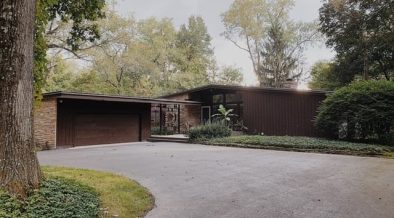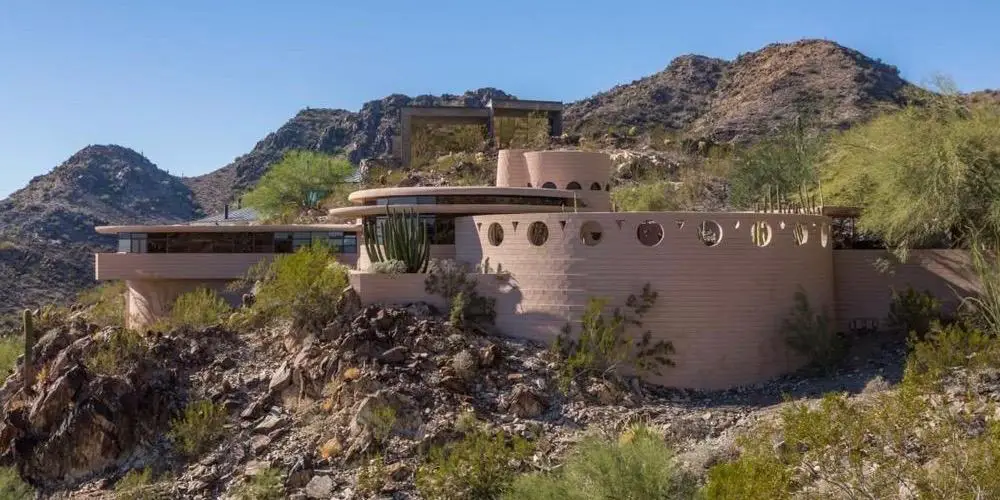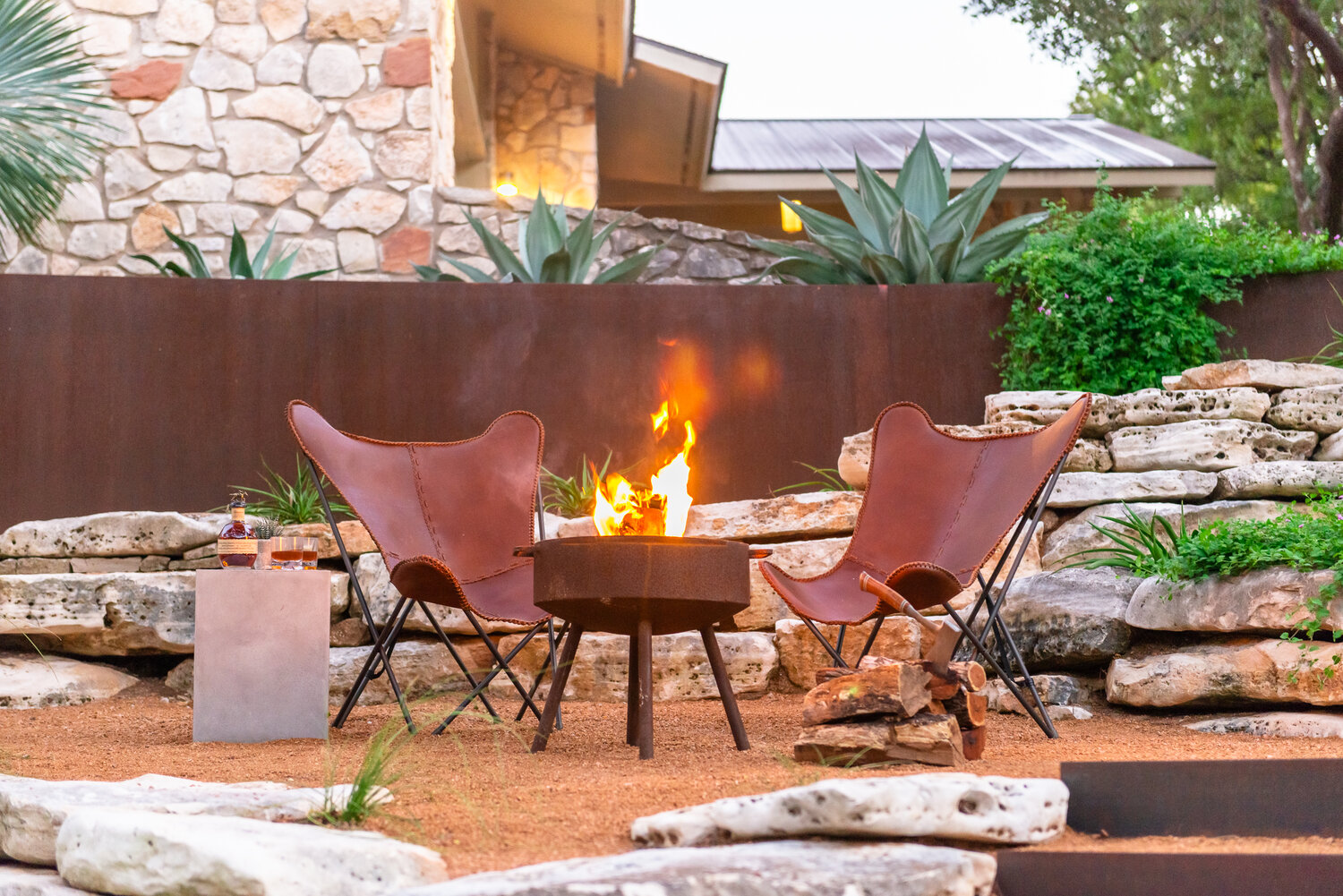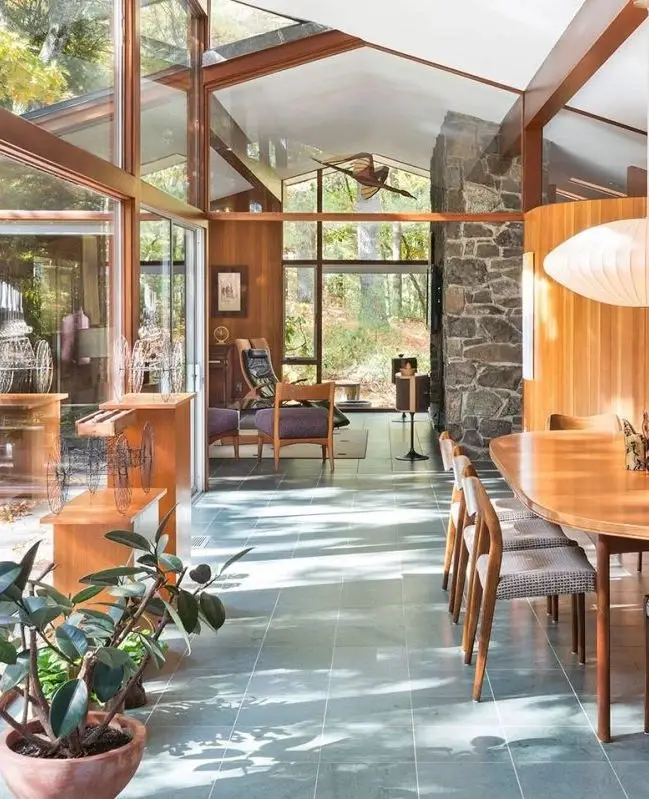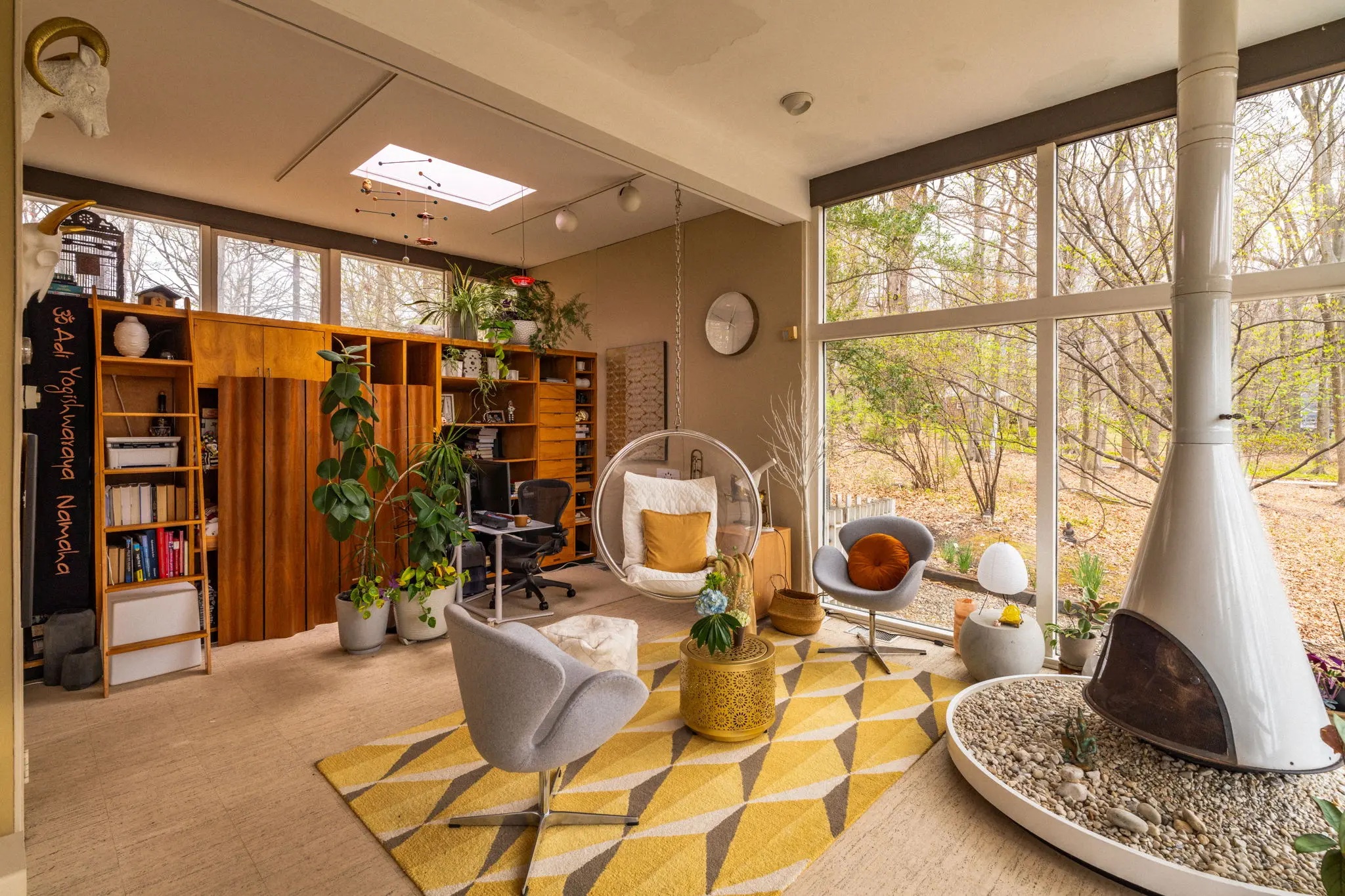
As part of our ongoing series exploring the defining features of mid-century modern homes, today we turn our attention to one of the movement’s most quietly powerful principles: human scale and functionality. Last week, we looked at how flow and openness shaped the architectural backbone of these homes. This week, we go inside, to the spaces shaped not just by modern aesthetics, but by how people actually lived.
The most thoughtful mid-century homes were deeply personal. Architects and designers approached each decision with an almost obsessive feel for scale, comfort, and purpose. Many of the homes built for the emerging middle class, like Eichler houses, invited ease. Low-slung furniture and horizontal profiles picked up the lines of the landscape outside, reinforcing a calm rhythm. Rooms stayed modest but never felt tight, thanks to smart planning that put everyday living first without losing a sense of style.
Built-in features are a hallmark of this approach. Think of cabinetry seamlessly integrated into walls, banquettes that hugged corners for shared meals, or desks tucked under wide windows where natural light could inspire long afternoons of thought. These were gestures of thoughtful living. Everything had a place. Everything served a need.This human-centered mindset extended to materials as well. Designers often chose warm woods, natural stone, and tactile fabrics to ground spaces emotionally. There was a quiet confidence in this simplicity. Where earlier eras had embraced formality and ornament, mid-century modern homes embraced functionality and ease, as per modern living standards. Sitting. Reading. Cooking. Being together. These homes were designed around life.
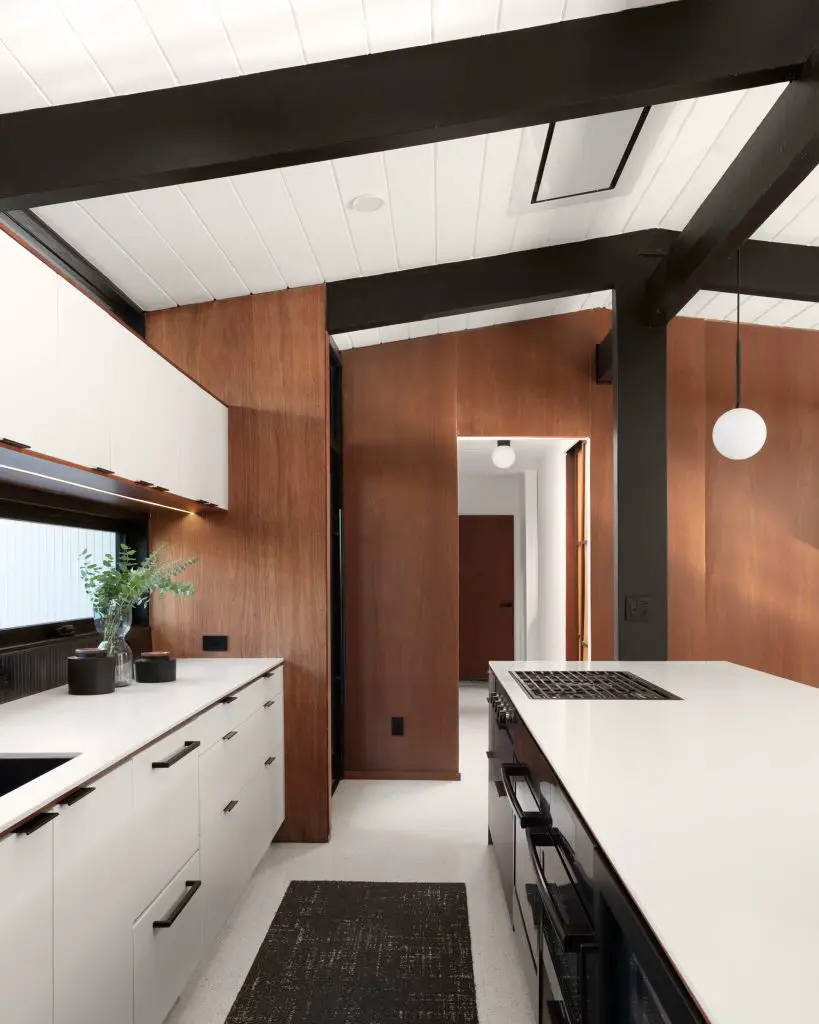
Functionality didn’t mean compromise. It meant intentionality. A kitchen opened up to the living room so conversations didn’t have to stop while dinner was made. Storage was tucked out of sight but always within reach. Even windows, they were set at heights that framed the outside at eye level, drawing the outdoors in and making it part of the experience of home.
Mid-century modern homes remain relevant and comforting decades later because of these thoughtful details. They show us that great design is about the understanding of daily life and a commitment to creating spaces that enhance it.

